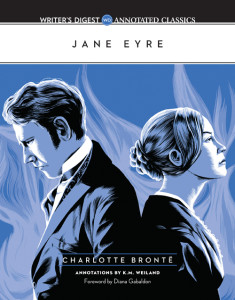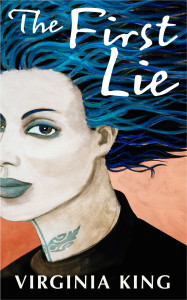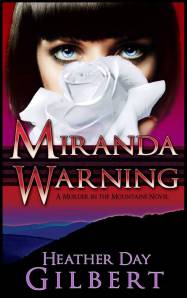Backstory is a weapon. And just like any weapon, it can end up doing more harm than good to those who wield it without proper experience and care. But in the hands of a writer who knows exactly what it’s capable of and how to wield it to advantage, backstory can take even ordinary stories to extraordinary places.
Arguably, the most important function of backstory is its ability to hook readers’ curiosity. Forget explaining the protagonist’s past and what motivates him. Try not explaining it. When we let readers know there’s something delicious and dark in a character’s past, without telling them what that something is, we’ll hook their curiosity so deeply they’ll keep reading just to solve the mystery.
Charlotte Brontë understood how to wield the weapon of backstory as well any author. In her beloved Gothic romance Jane Eyre (which I analyze in-depth in my book Jane Eyre: The Writer’s Digest Annotated Classic), she creates almost her entire plot out of the tantalizing hunt for the backstory. What can you learn from her and how can you apply it to your own novel? Start by answering the following questions.Continue reading





